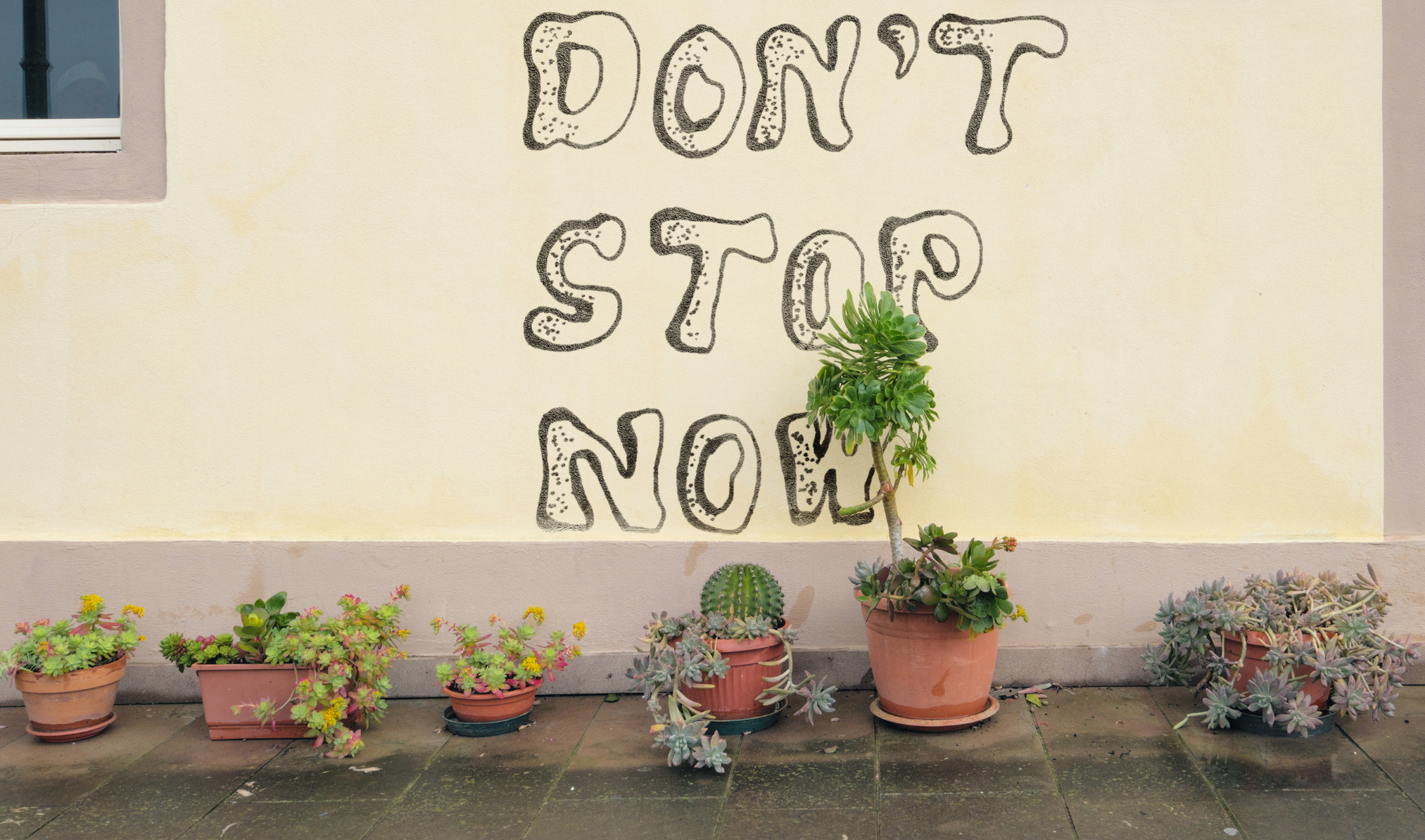

1. Heineken – “The Closer”
The idea:
Together with Publicis Italy / Le Pub Amsterdam Heineken tackled burnout culture with The Closer – a Bluetooth bottle opener that shuts down your laptop when you crack open a beer. A lighthearted way to say: work less, live more.
What they did:
What founders can learn:
Don’t stop at a single launch. Lead with earned media (a strong idea + media relations), amplify it through social and influencer storytelling, and close the loop with real-world activation.
2. McDonald’s – “Raise Your Arches”
The idea:
McDonald’s reimagined its Golden Arches as an eyebrow raise – a simple, wordless way to say “Fancy a McDonald’s?” The first McDonald’s ad ever with no food, no restaurant, just the gesture.
What they did:
What founders can learn:
When your story is strong enough, let PR do the heavy lifting. A clever creative hook can spark free media and organic social reach – then your paid and owned channels simply amplify the wave.
3. Nike – “You Can’t Stop Us”
The idea:
With ideation and global strategy from the long-term creative partner Wieden+Kennedy Portland, a split-screen montage was created by Nike in-house team uniting 36 sports and hundreds of athletes, cut so every movement lined up perfectly. It became a global statement about resilience and unity in a post-lockdown world.
What they did:
What founders can learn:
Build one powerful hero asset and plan the rollout by channel. PR tells the production story, social carries emotion, and paid keeps the message alive after the initial peak.

What these campaigns get right is that tthey know exactly what story they’re telling and who needs to hear it. That’s the real skill in marketing today. The good news? With Nibble, you won’t need a fancy big agency or a mammoth budget to do it.
4. Dove – “Real Beauty Sketches”
The idea:
Ideated by Ogilvy Brazil, the campaign started with women describing themselves to a sketch artist, then strangers described them from their own perspective.. The side-by-side portraits revealed how much harsher women are on themselves – a viral visual for self-perception.
What they did:
What founders can learn:
Purpose campaigns work when they’re built for depth, not slogans. Lead with emotion, support it with credible data or partnerships, and give the press a real story to cover.
5. Up The Catalogue – “4QTV”
The idea: Arthouse film Up The Catalogue set out to challenge the traditional film industry model – paying all cast and crew equally and splitting revenue evenly. To go omnichannel from the start, the filmmakers partnered with Stakked – a collective of boutique marketing companies powered by AI that covers all services across channels, including Munch PR for PR, Flabbergast for social media, ABP for web development, and Nibble for freelance talent. The goal: turn this radical approach into real conversation and ticket sales for its pay-per-view premiere.
What they did:
What founders can learn:
You don’t need a huge team to make noise. Integrated campaigns work when PR, social and owned content move in sync – and with platforms like Nibble, founders can build that kind of joined-up talent network in days, not months.
The takeaway
What these campaigns get right is that they don’t try to be everywhere — they know exactly what story they’re telling and who needs to hear it. That’s the real skill in marketing today: knowing where to show up and doing it well. The good news? You don’t need a fancy big agency or a mammoth budget to do it. With Nibble, you can build your own omnichannel marketing team of freelancers – all connected in one dashboard and working together across your campaign.
Ready to turn your ideas into a connected marketing strategy? Sign up here and start building your freelance omnichannel marketing team who’ll help you build campaigns that are sharp, connected and impossible to ignore.